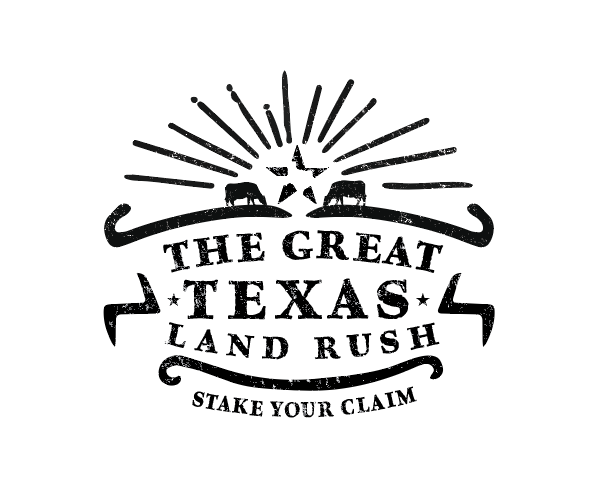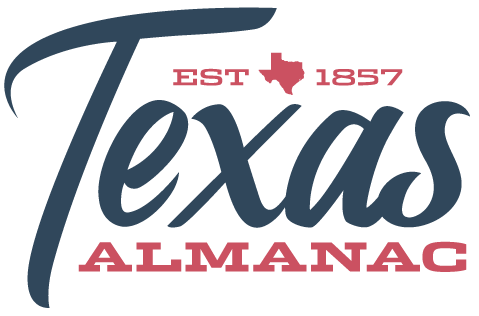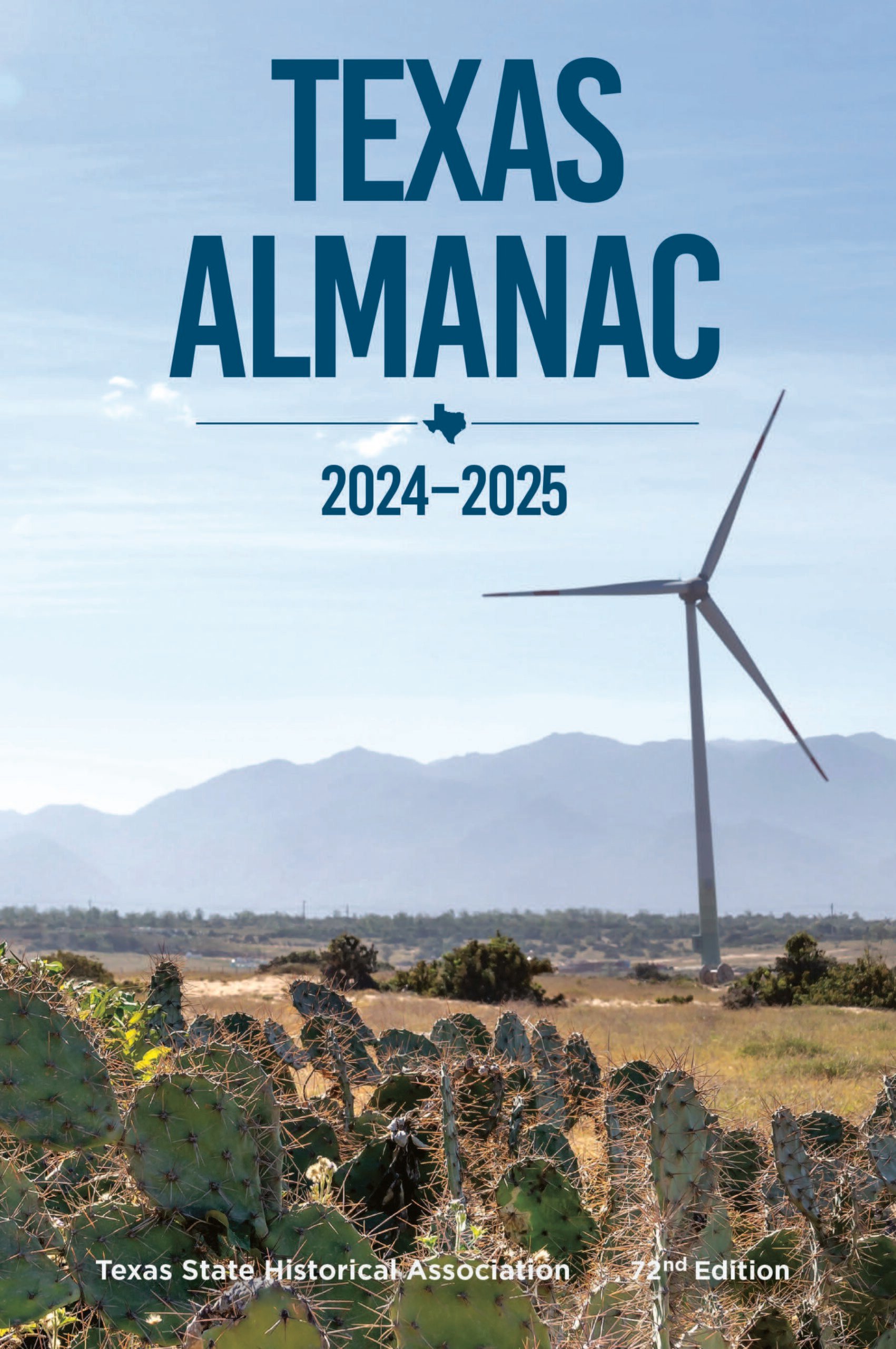Hunter
Hunter, on York's Creek in eastern Comal County, was named for Andrew Jackson Hunter, who in 1867 settled nearby and operated a thousand-acre cotton farm. The townsite was established and named with the arrival of the International and Great Northern Railroad in 1880. In 1883 a post office opened there in Gustavus A. Schleyer's general store, with the owner as postmaster. Schleyer's store, a cotton gin, a grocery store, and a saloon were in operation there by 1884, when Hunter had about sixty residents. By 1890 the population was 200 and the community included two saloons, a barbershop, a blacksmith, a wagonmaker, a meat market, and a gin and gristmill. After Andrew Jackson Hunter's death in 1883, his son-in-law Edward M. House and his wife had begun buying out the other Hunter heirs; in 1894 they organized the Hunter Cotton Gin Company in partnership with Harry Landa of New Braunfels. Six-mule wagon teams hauled cottonseed from the Hunter Gin to the Landa Cotton Oil Mill in New Braunfels. Landa subsequently bought House's interest in the gin. In 1896 Hunter still reported 200 residents and roughly the same mix of businesses; by then there was also a resident doctor. The Missouri, Kansas and Texas line built through the area in 1901. In 1914 the population of Hunter was still reported as 200, even as a heavy influx of immigrants from Mexico began arriving. As the cotton economy declined, local businesses began closing. By 1940 the population had dwindled to 75. In 1947 the depots for both the International-Great Northern and the Missouri, Kansas and Texas railroads had been removed. There were ten pupils enrolled in the one-room school when it consolidated with the New Braunfels district in 1949. The post office closed in 1953, and the community was served by a rural route from New Braunfels. Riley's Tavern had become the community's most active and long-surviving business. In 1993 Hunter had about fifty residents. At that time the community still had a general store and a flea market that clung tenuously to life; Saint John's Catholic Church remained a vital presence. There was also a significant industrial base: a manufacturer of prestressed concrete products and a major supplier of road-base material were located in the community. In 2000 the population was reported as thirty.
Al Lowman | © TSHA

Adapted from the official Handbook of Texas, a state encyclopedia developed by Texas State Historical Association (TSHA). It is an authoritative source of trusted historical records.

- ✅ Adoption Status:
Belongs to
Hunter is part of or belongs to the following places:
Currently Exists
Yes
Place type
Hunter is classified as a Town
Location
Latitude: 29.80716570Longitude: -98.02361760
Has Post Office
No
Is Incorporated
No
Population Count, 2009
40

